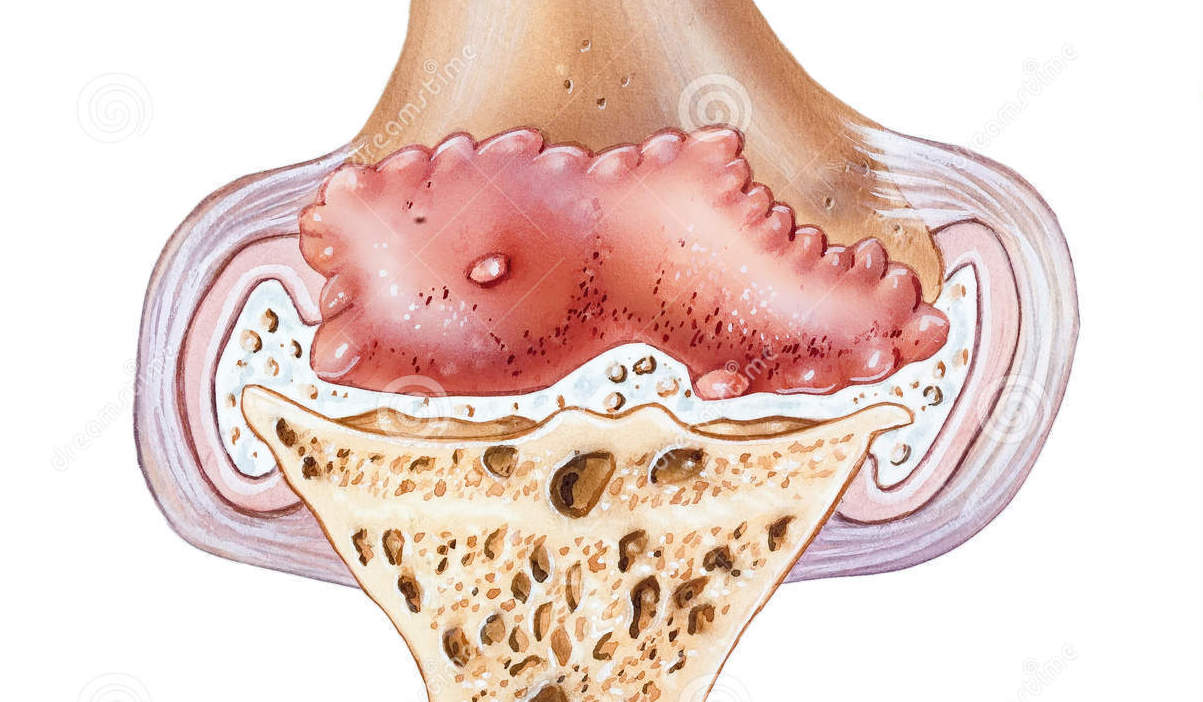
What Causes Osteoarthritis to Progress?
The cause of osteoarthritis is now thought to be a combination of these factors:
- Genetics - Your genes may be involved in the development of osteoarthritis, though researchers are still working to fully understand this connection. It may be that you have an abnormality in the makeup of your cartilage, or that your bones fit together abnormally at the joint.
- Weight - Extra weight can put pressure on your hips and knees, which can cause the cartilage in your joints to deteriorate faster. The Arthritis Foundation reports a link between being overweight and an increased risk of OA of the hand. Excess fat tissue is thought to produce chemicals that inflame and damage your joints.
- Past injuries - Joint injuries or repetitive motion can lead to cartilage breakdown and OA. If the muscles supporting your joints are imbalanced or weak, this can also lead to cartilage breakdown.
Can You Slow The Progression of Osteoarthritis?
How to slow the progression of OA is not fully understood, although there are many standard therapies that can help at earlier stages of the disease.
- Physical therapy and exercise can help you strengthen the muscles around the affected joint.
- Weight loss can take pressure off your lower body joints.
- Regular exercise and stretching can improve flexibility, relieve stiffness, and improve your overall physical condition.
- Knee braces, hand splints, shoe orthotics, or other appliances, such as a cane, can help stabilize your joints.
How is advanced osteoarthritis treated?
In earlier stages of OA, you may find relief from physical therapy, regular exercise, weight loss, and assistive devices that help with your stability.
As your condition progresses to the advanced stages, your doctor may recommend additional treatments, including:
- Cortisone injections to relieve pain in the joint
- Hyaluronic acid injections to cushion the knee and provide pain relief
- Pulsed electromagnetic field stimulation for OA of the knee
- Electrical nerve stimulation for pain relief
- Acupuncture for pain relief
- Massage therapy for the affected area
- Applying heat or cold to the painful joint to increase blood flow and ease the pain
- Supplements, such as glucosamine or chondroitin sulphate, which may bring relief to some people (though studies show mixed results)
- Taking an avocado-soybean unsaponifiables supplement, which is used in Europe as an anti-inflammatory for knee and hip OA, and may also slow down joint damage
By stage 4, the cartilage loss and condition of your bones may drastically curtail your activity and comfort, making pain medication and surgery your main options.
Surgery
In some cases, such as if you have damage to one side of your knee, a surgeon may realign the bone by cutting out a piece or adding more bone. This is called an osteotomy.
Another form of surgery is arthroscopic debridement. For this procedure, the doctor may remove loose pieces of bone and cartilage from the joint. However, with advanced OA, arthroscopy has very little to offer and doesn’t prevent the progression of the disease.
If your joint is severely damaged, the surgeon may replace the joint. This is called arthroplasty, or knee joint replacement surgery, and means the damaged parts of the joint are removed and replaced with plastic or metal parts.
Pain Management
If you have persisting pain, talk to your doctor about what painkillers might work best for you. If over-the-counter non-steroidal anti-inflammatory drugs (NSAIDs) aren’t effective, your doctor may prescribe something stronger.
If you are suffering from pain, please contact our office at (516) 419-4480 or (718) 215-1888 to arrange an appointment with our Interventional Pain Management Specialist, Dr. Jeffrey Chacko.













